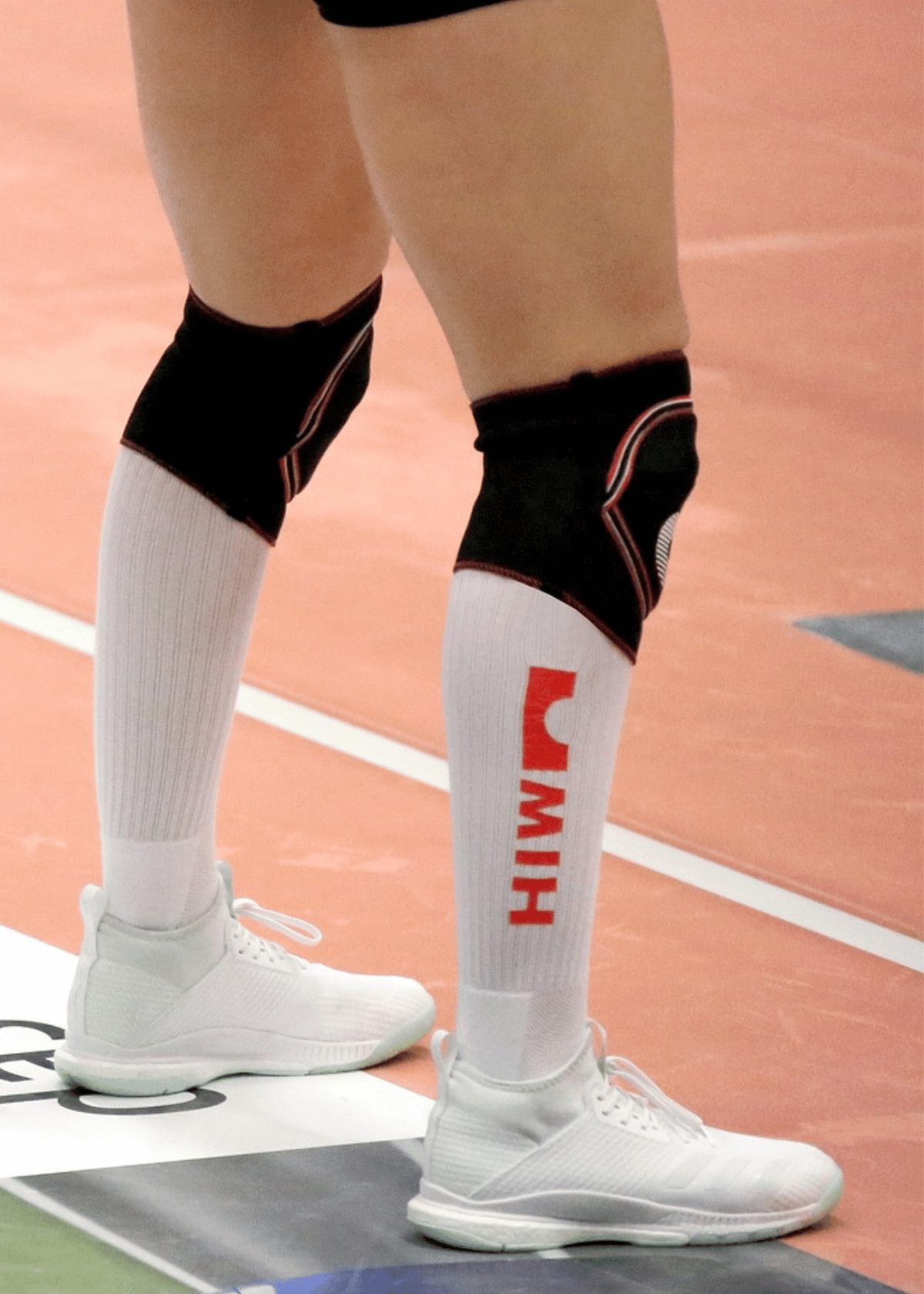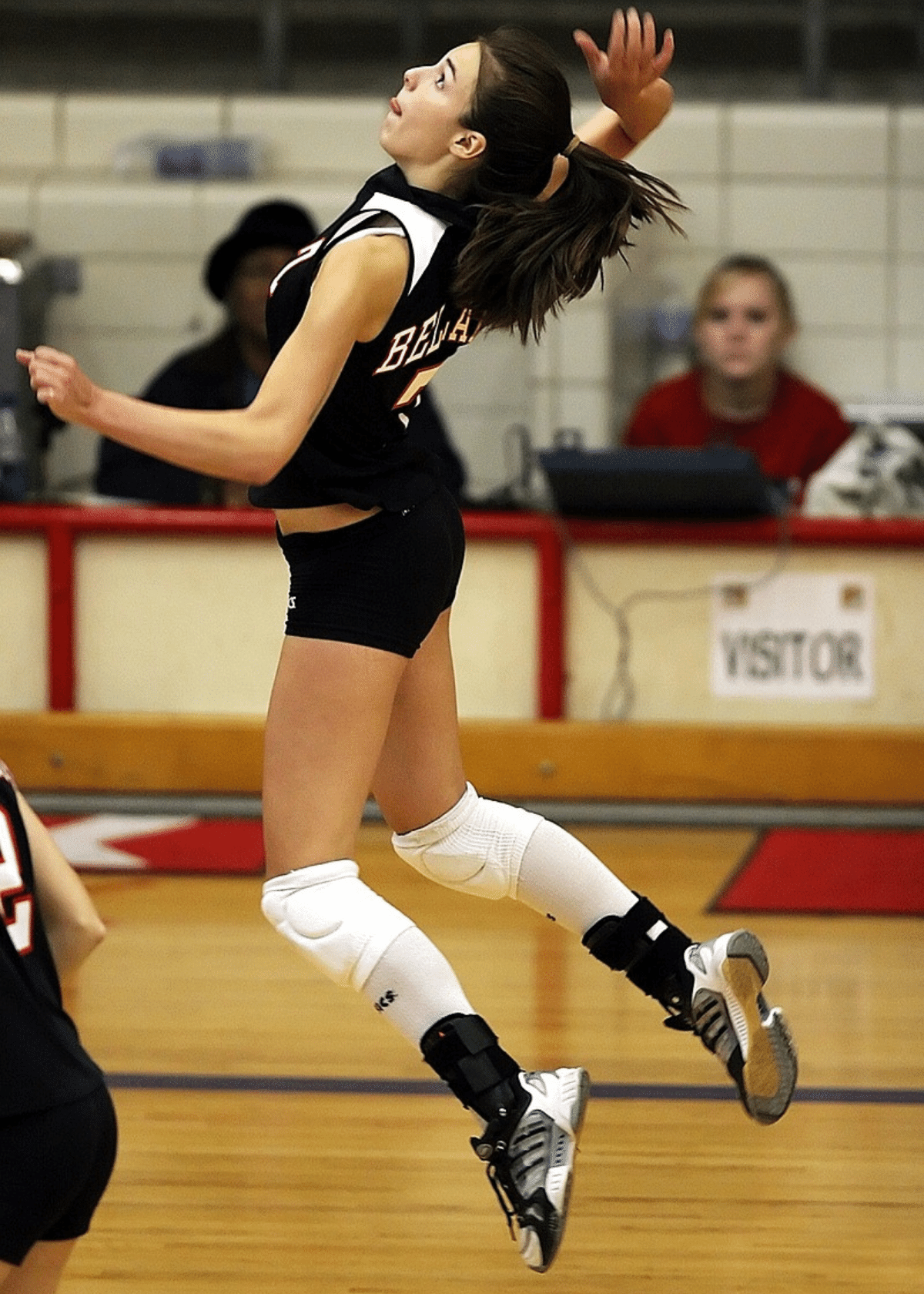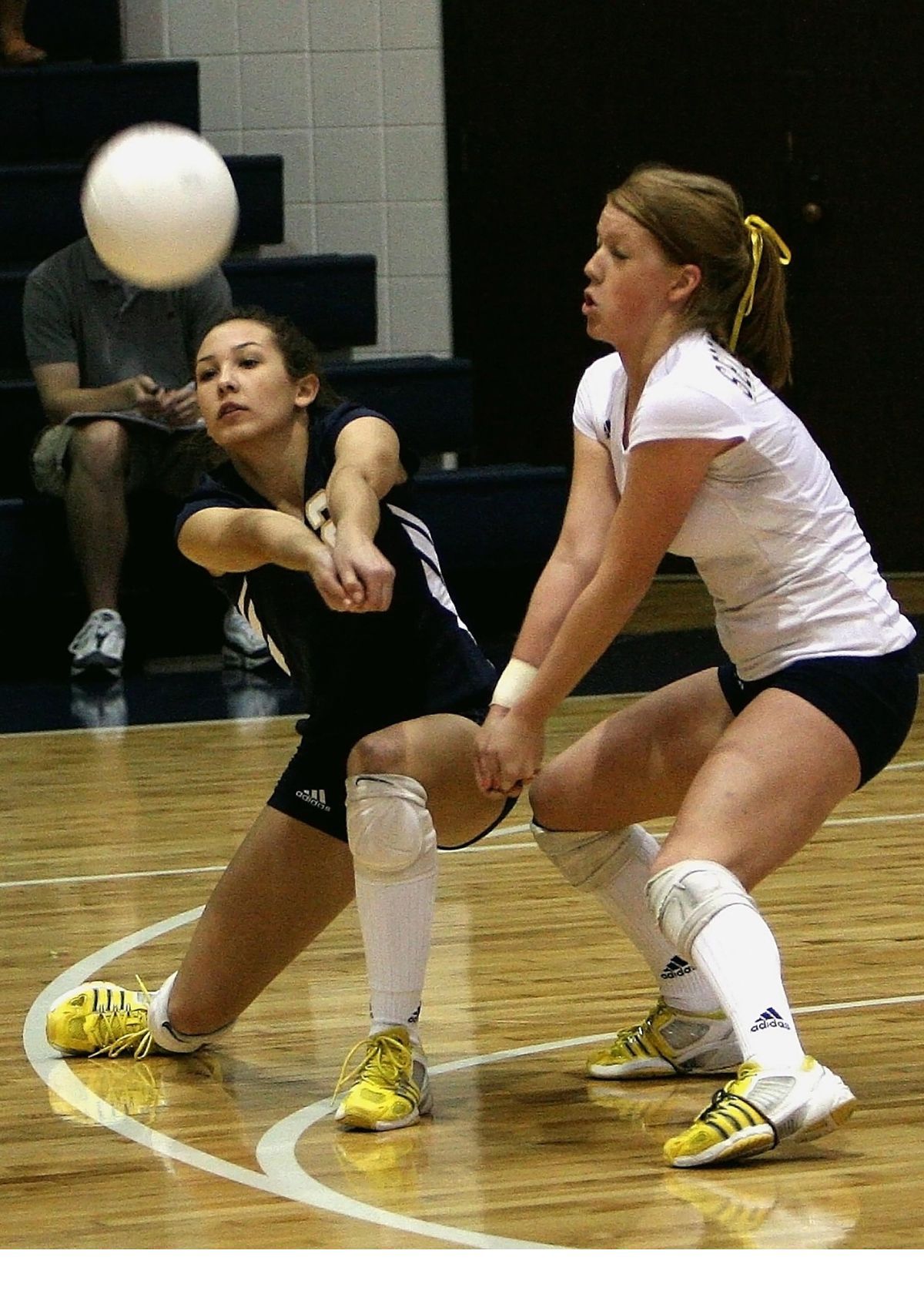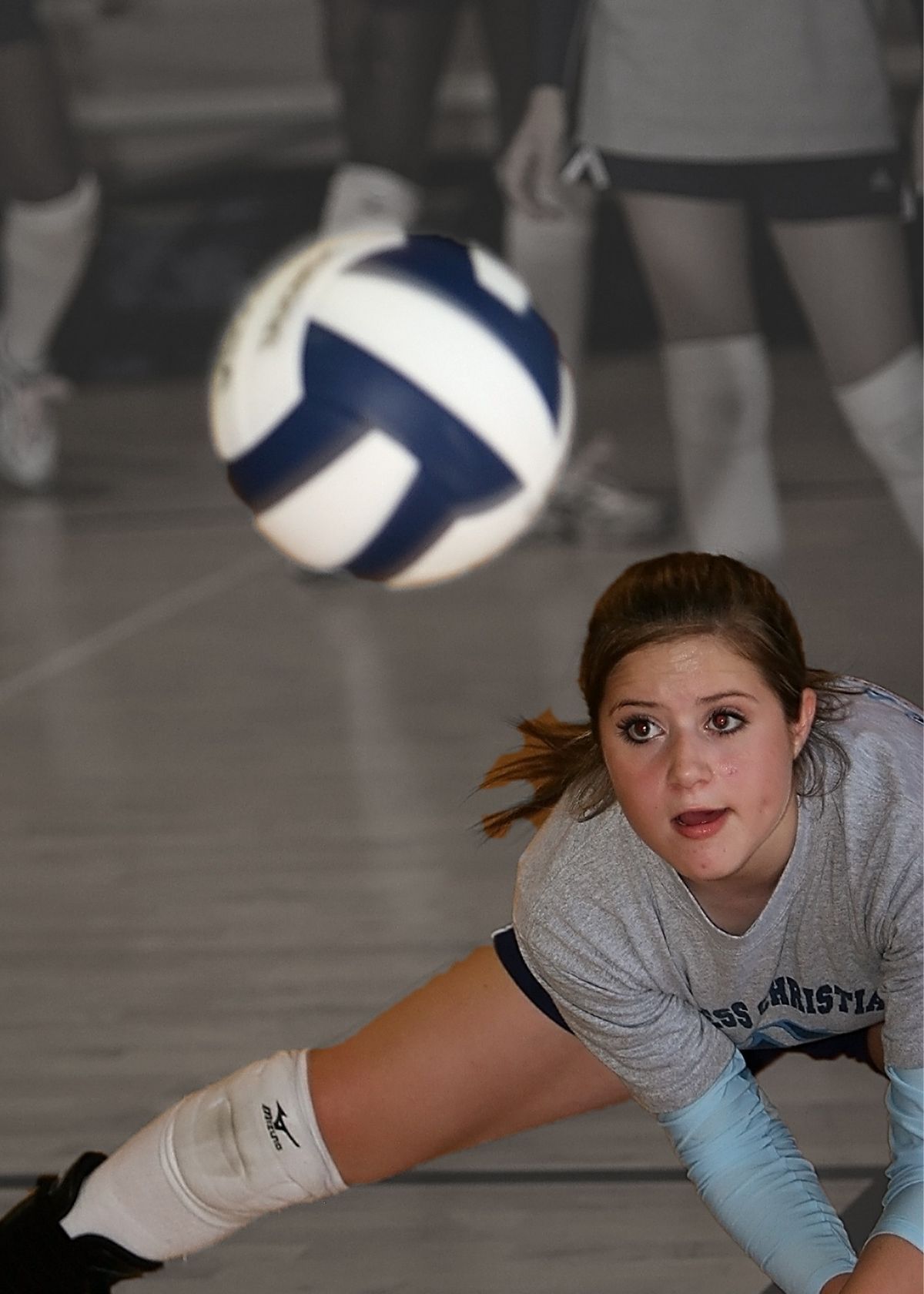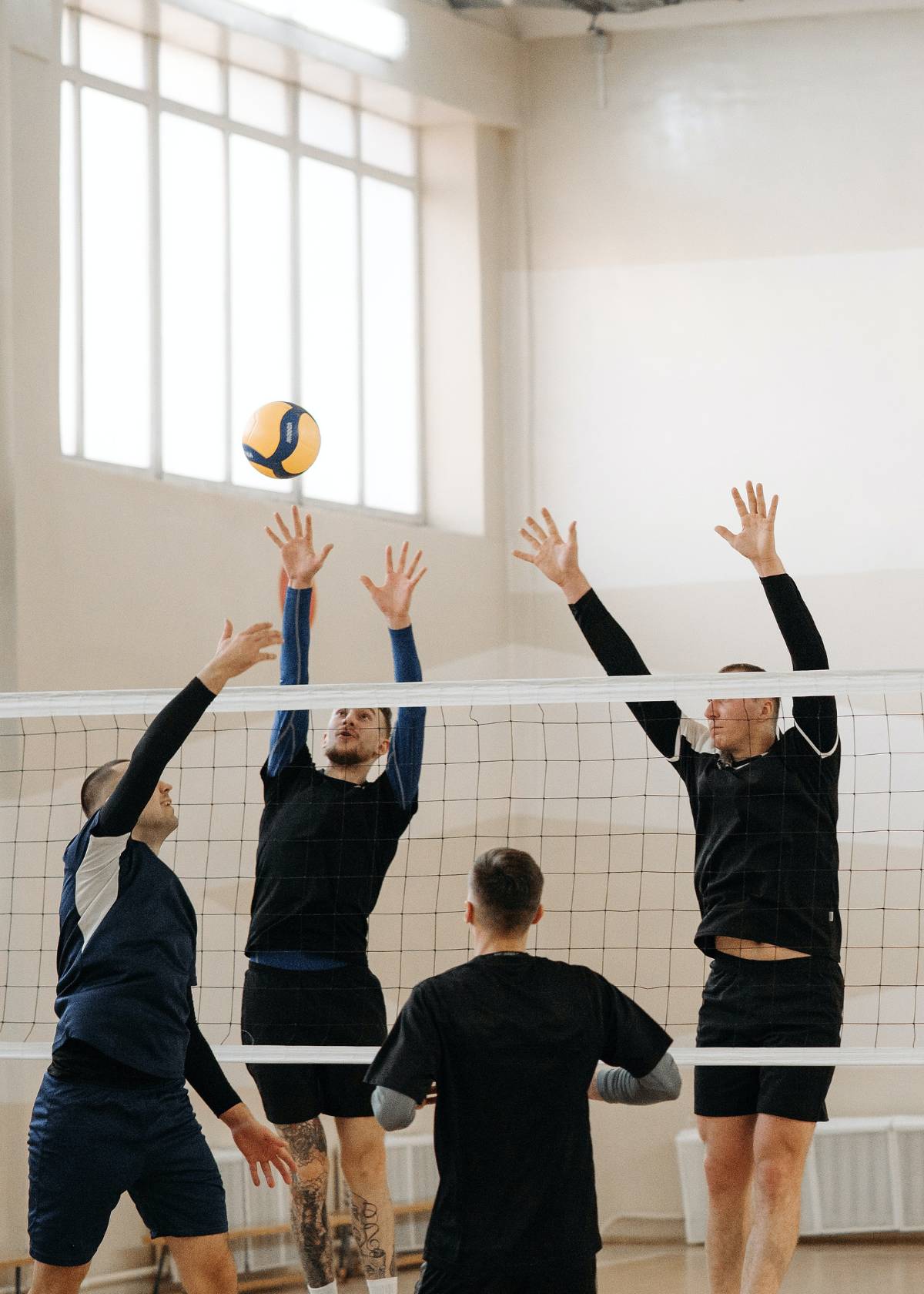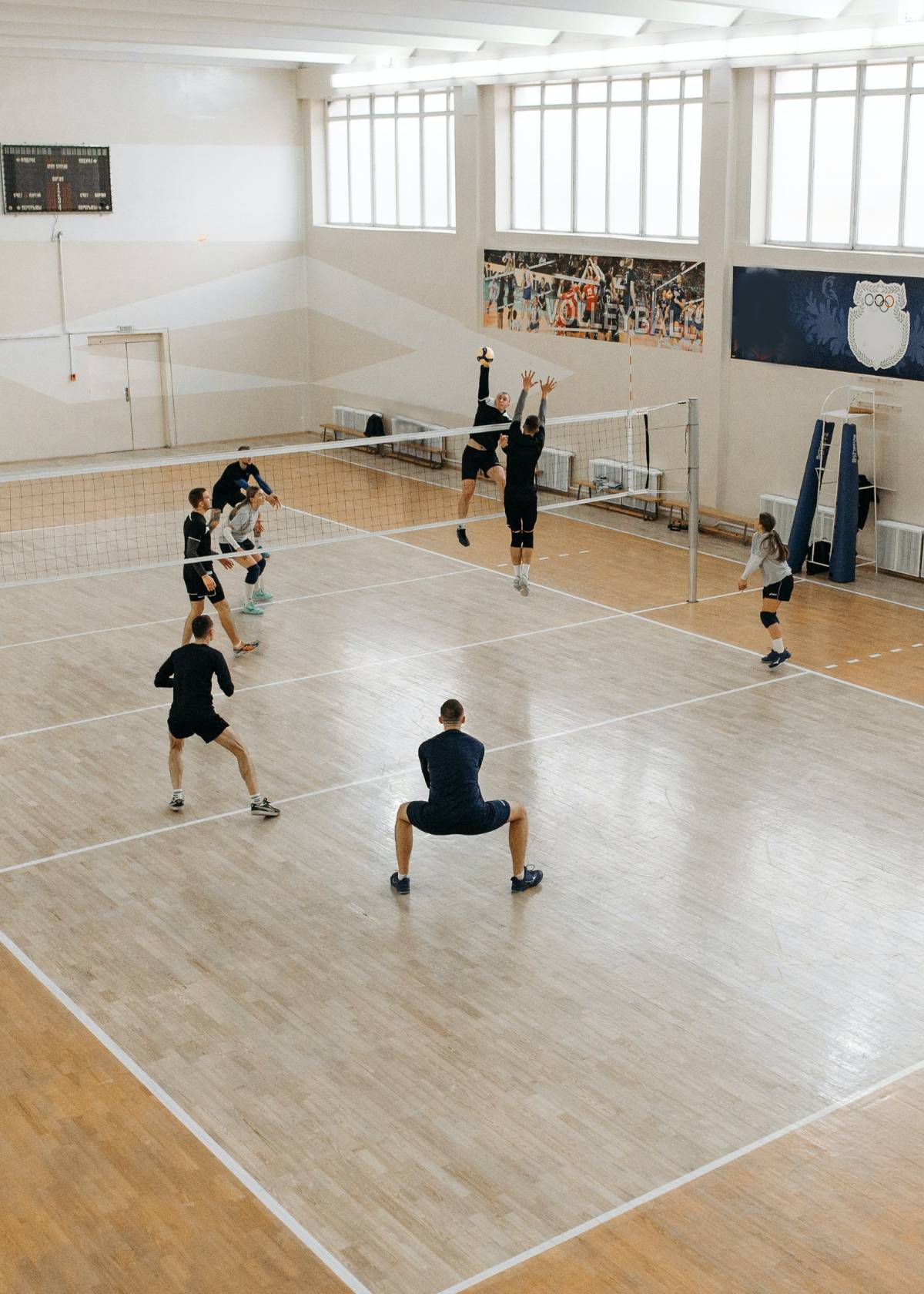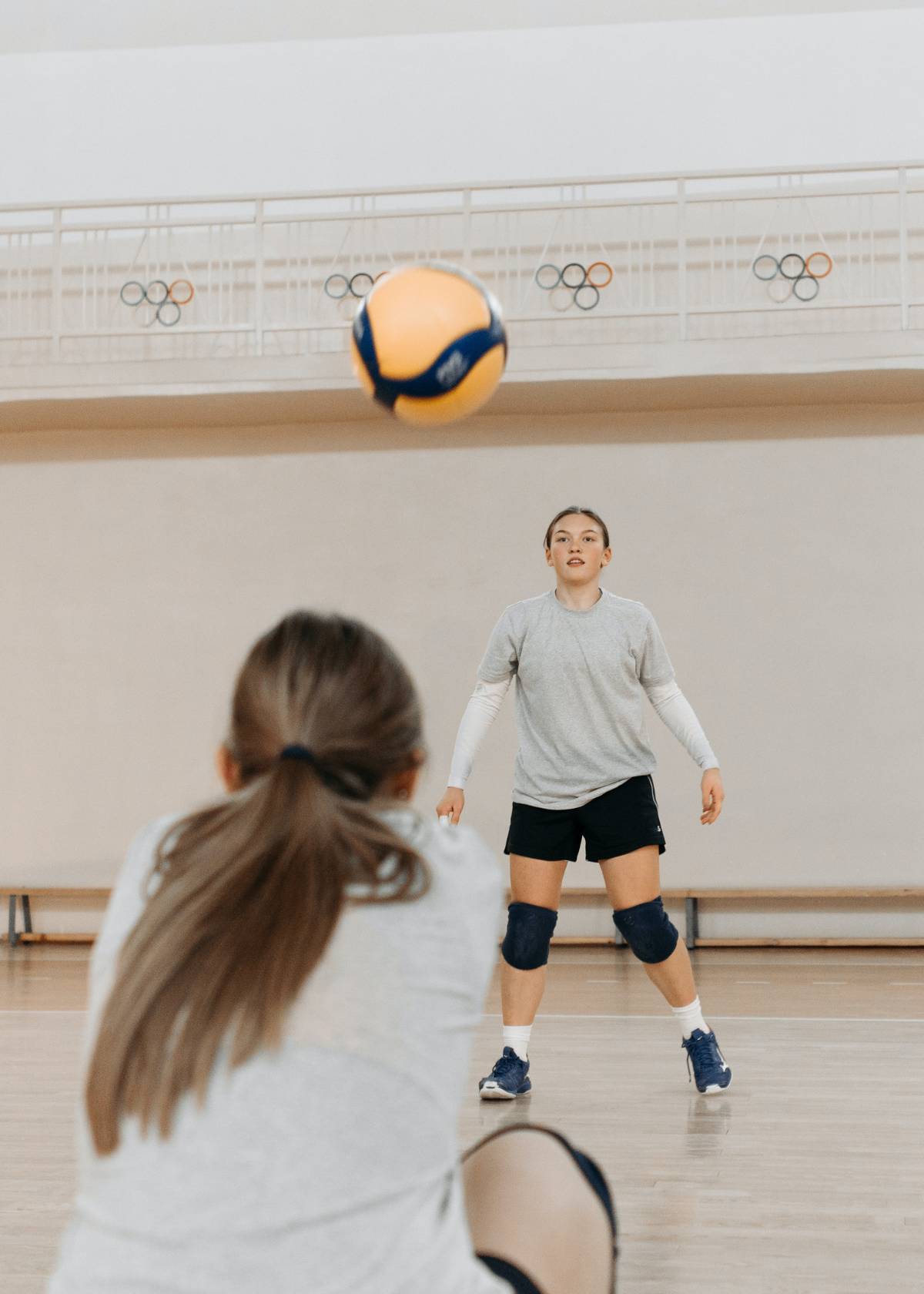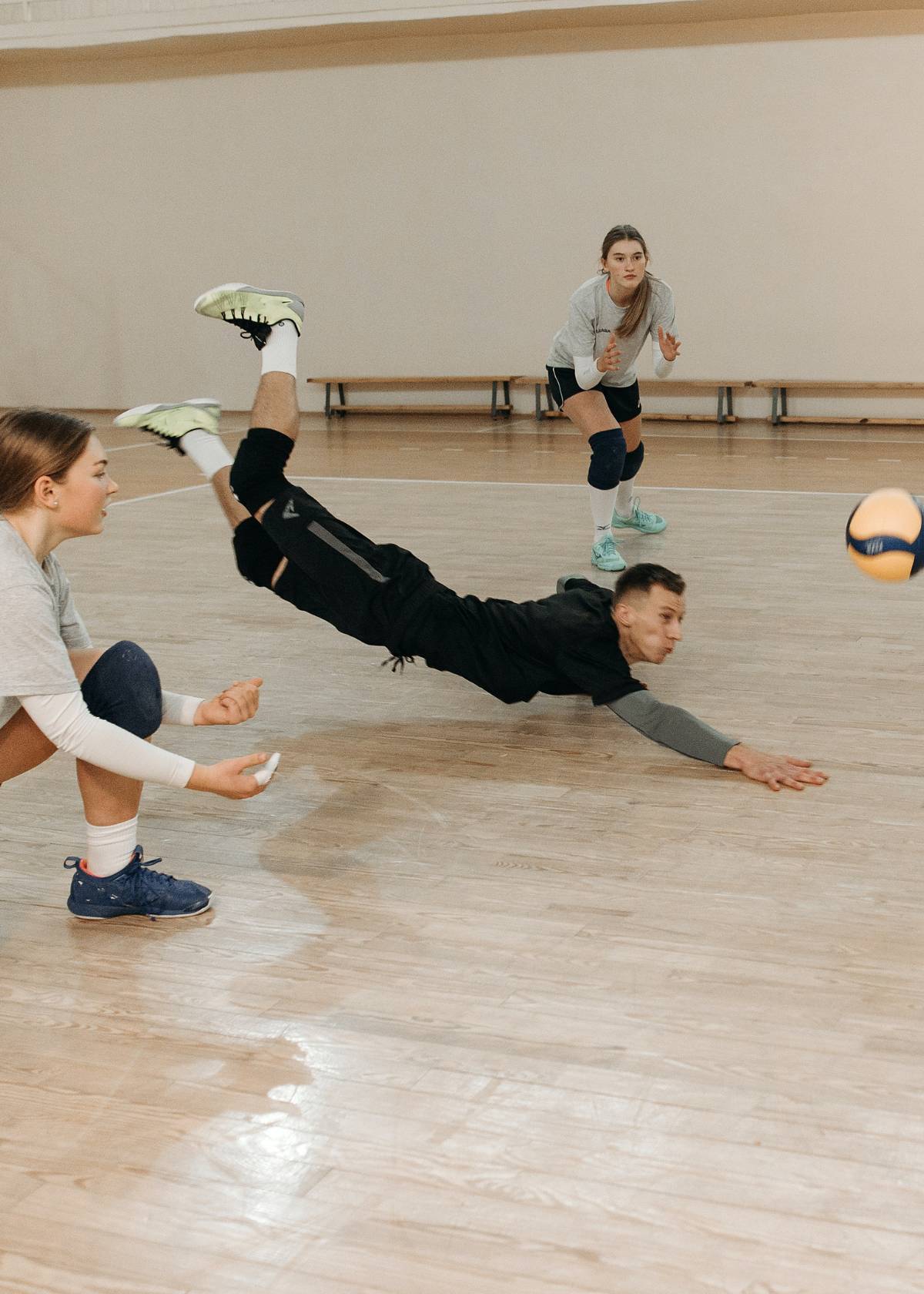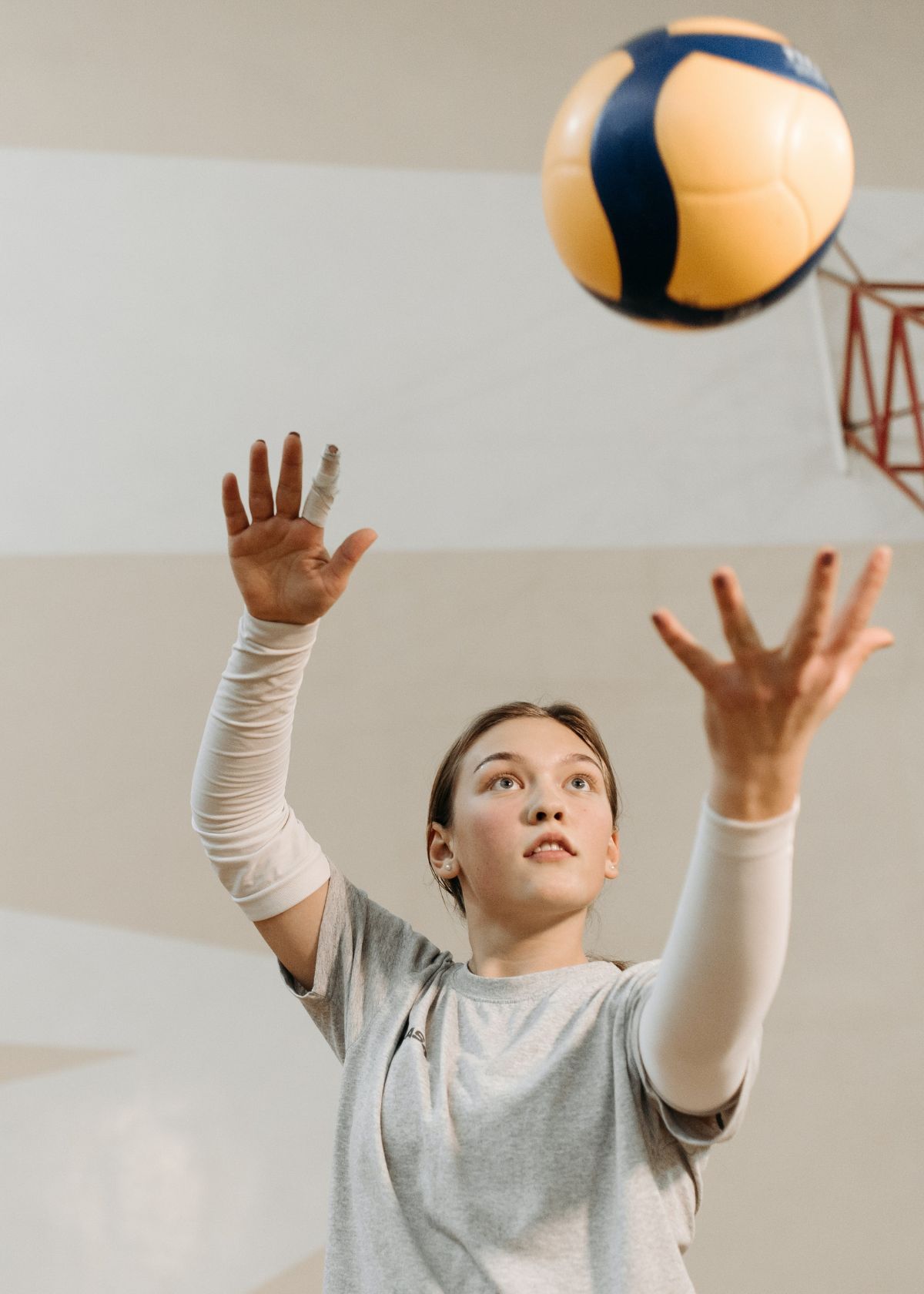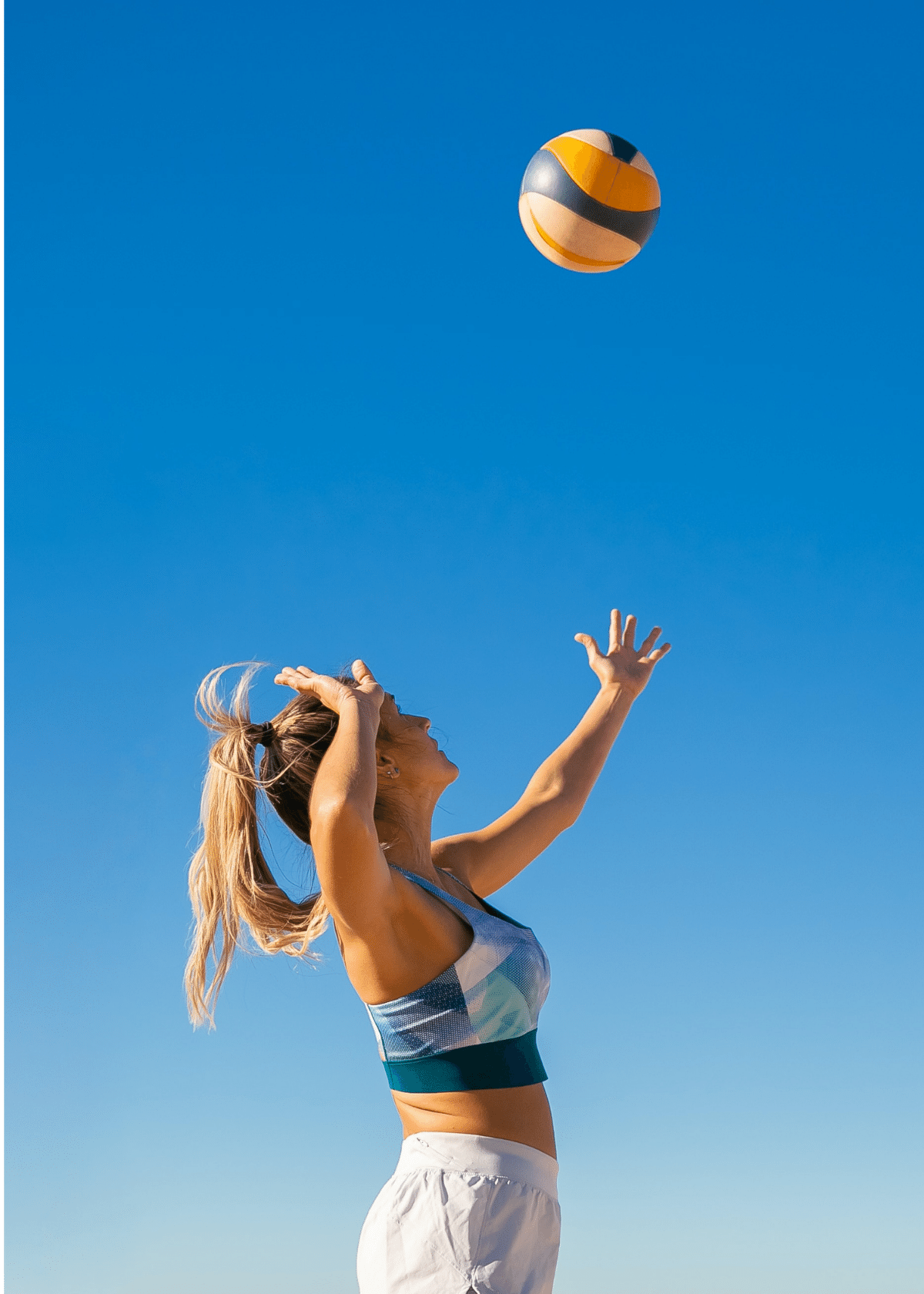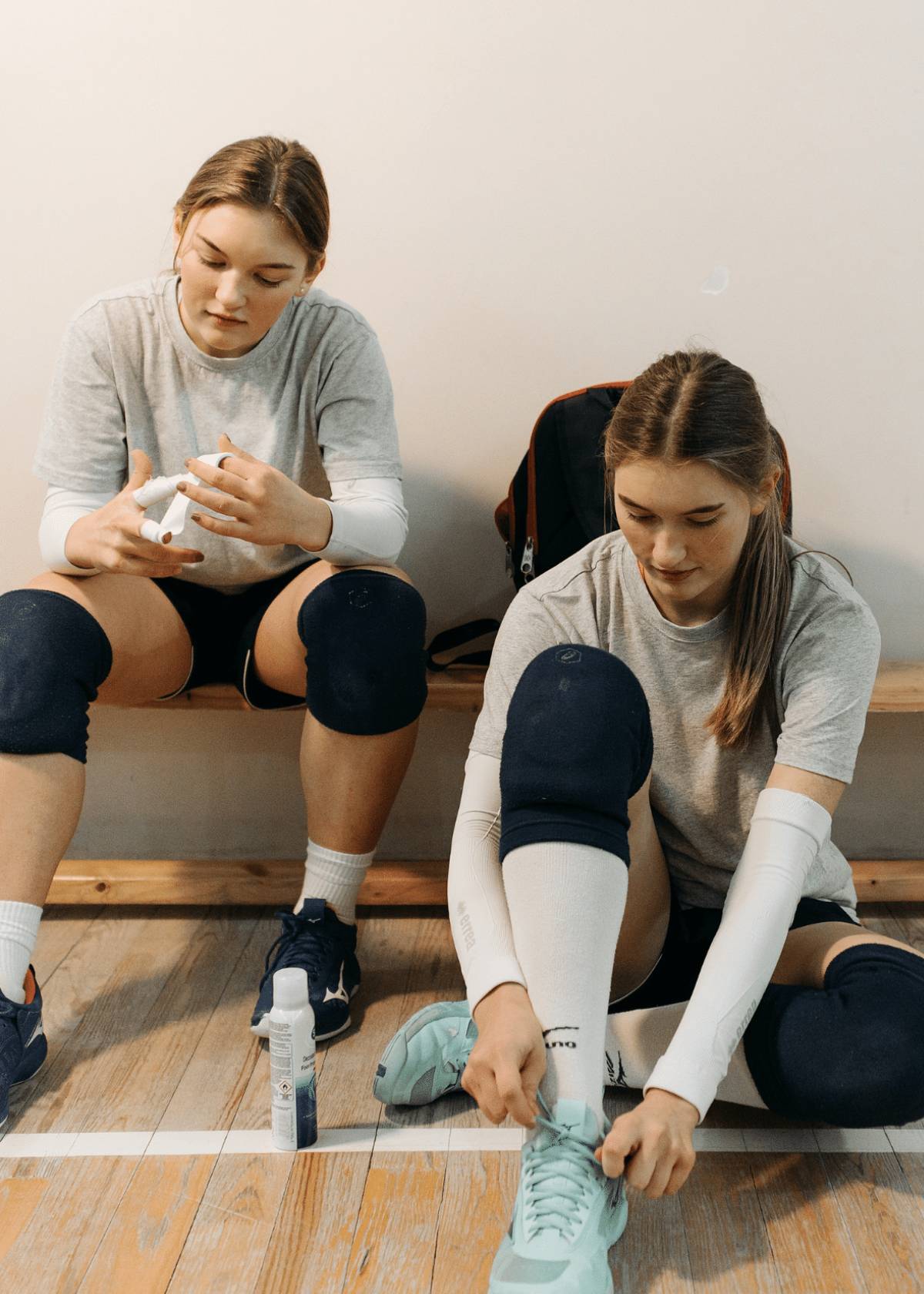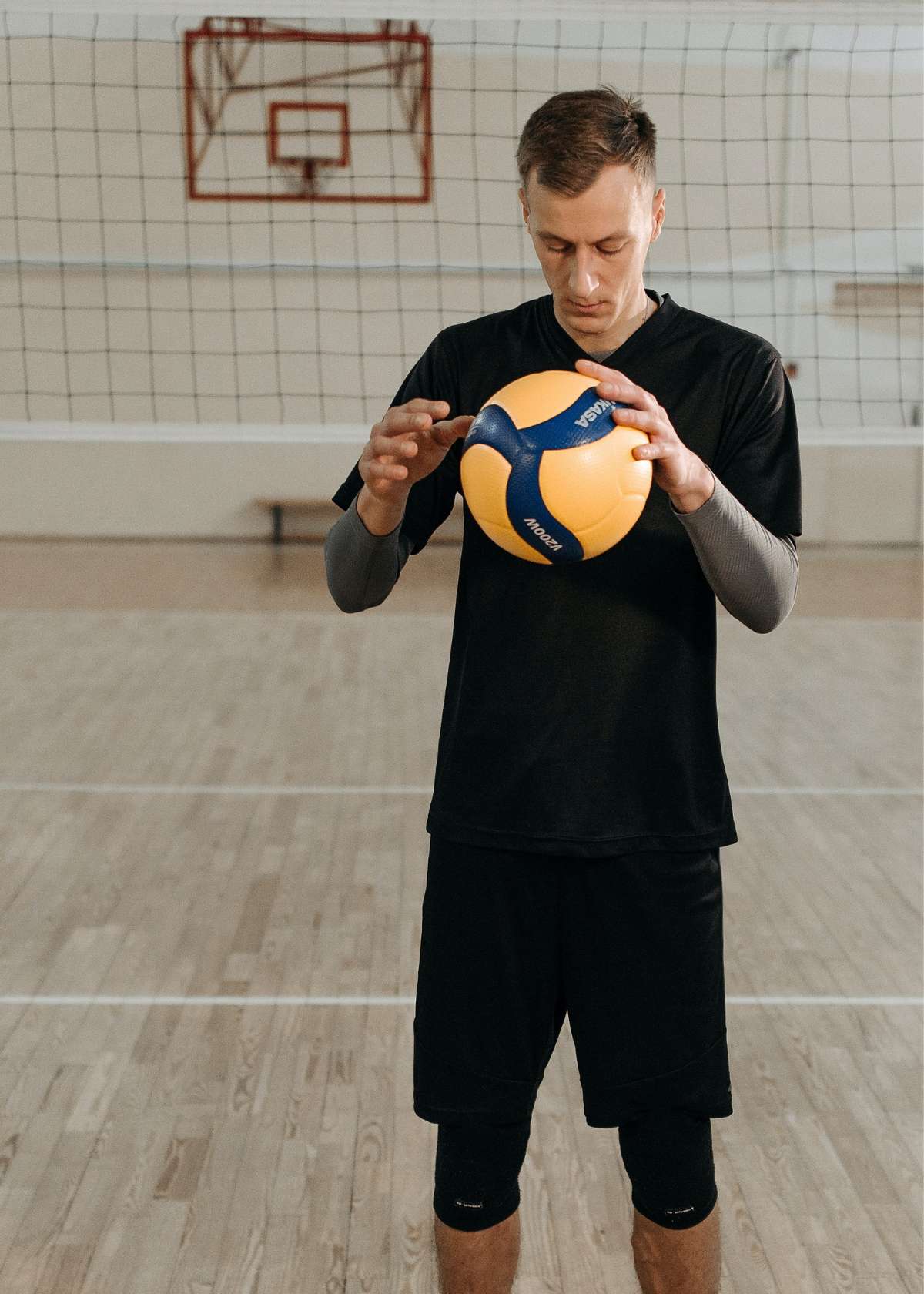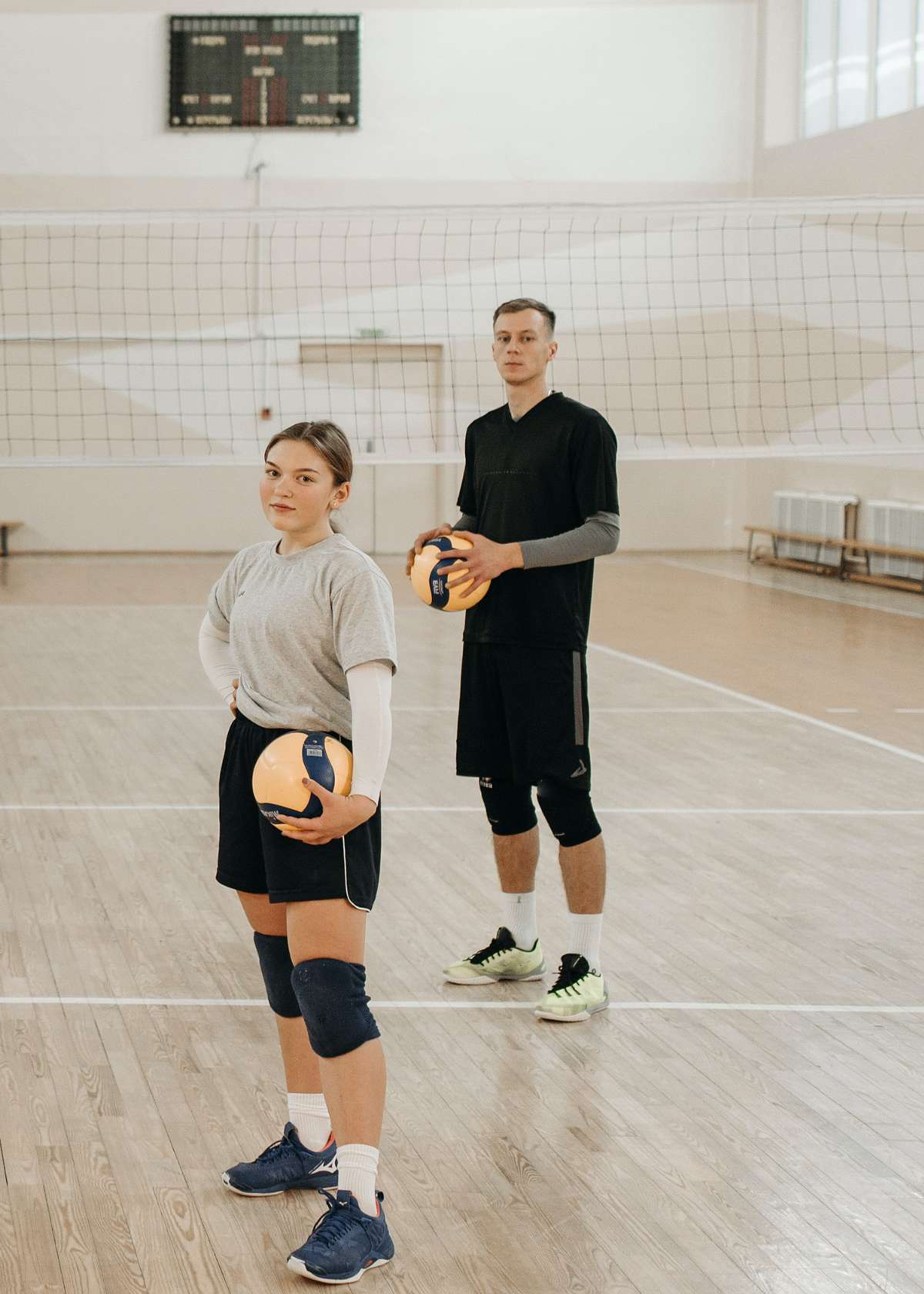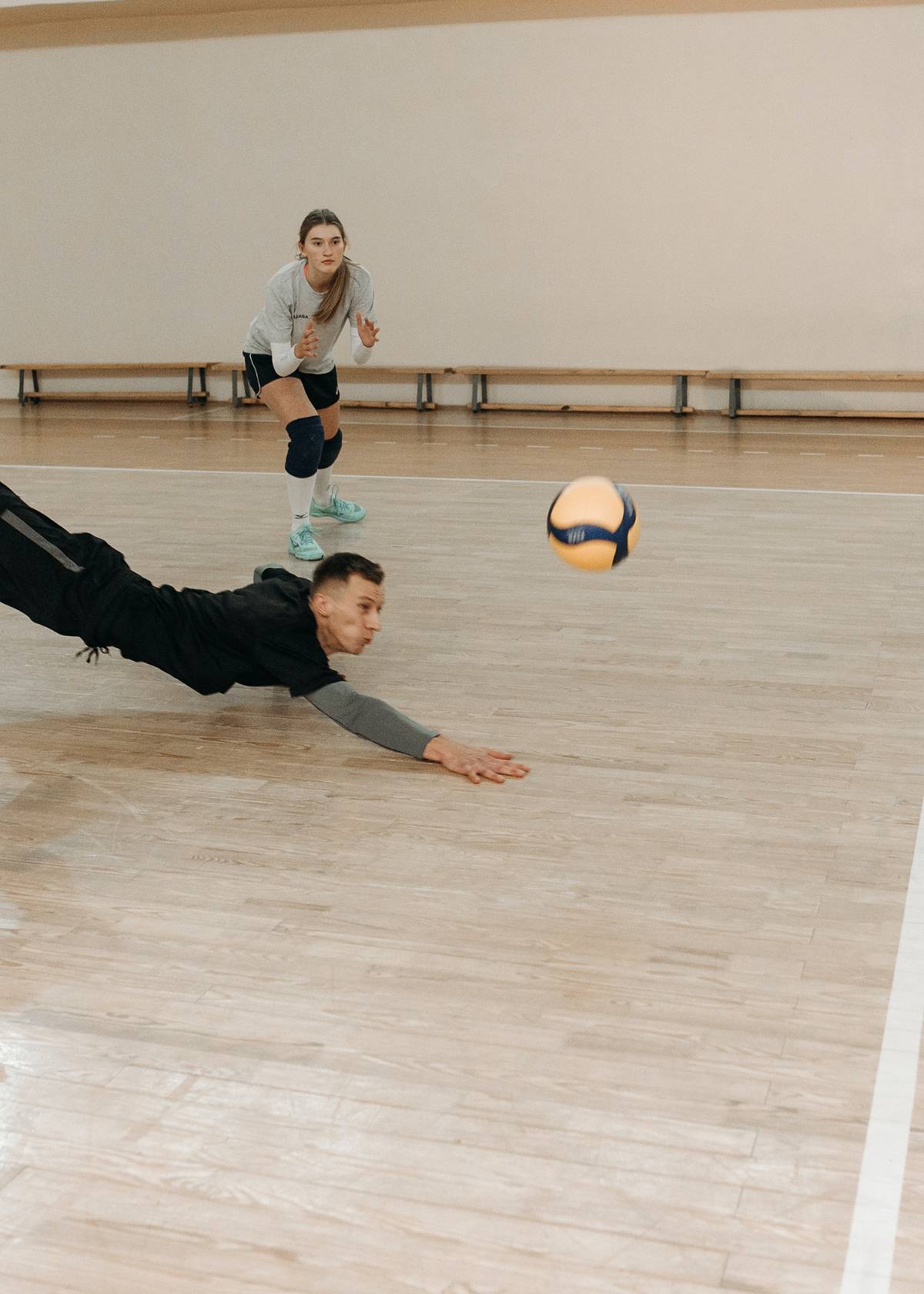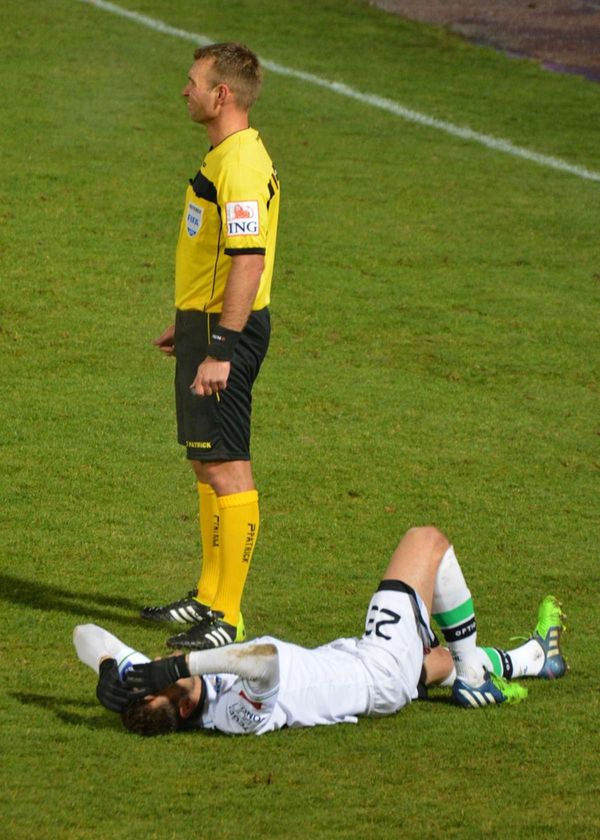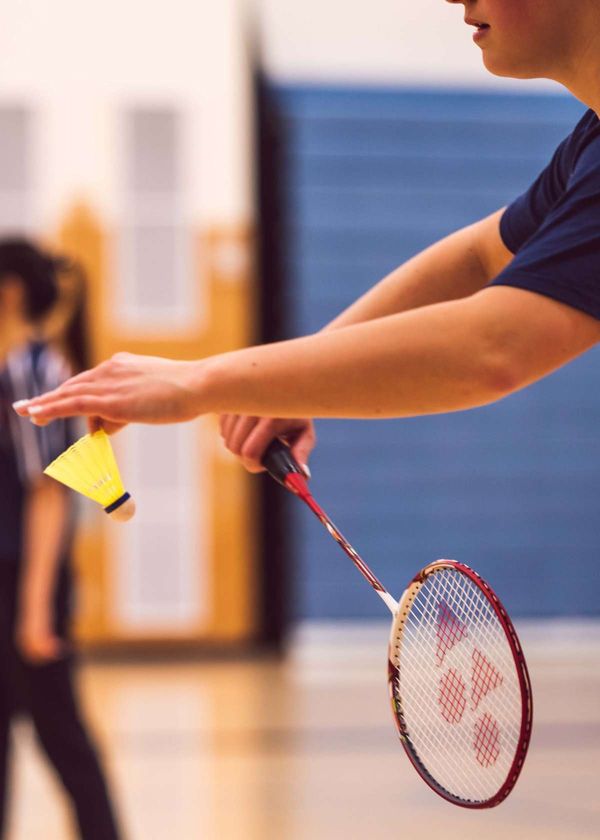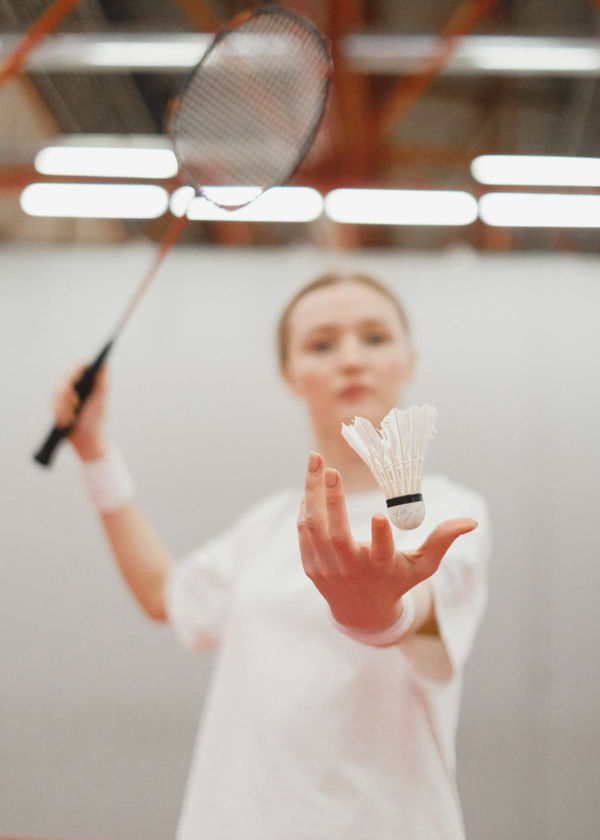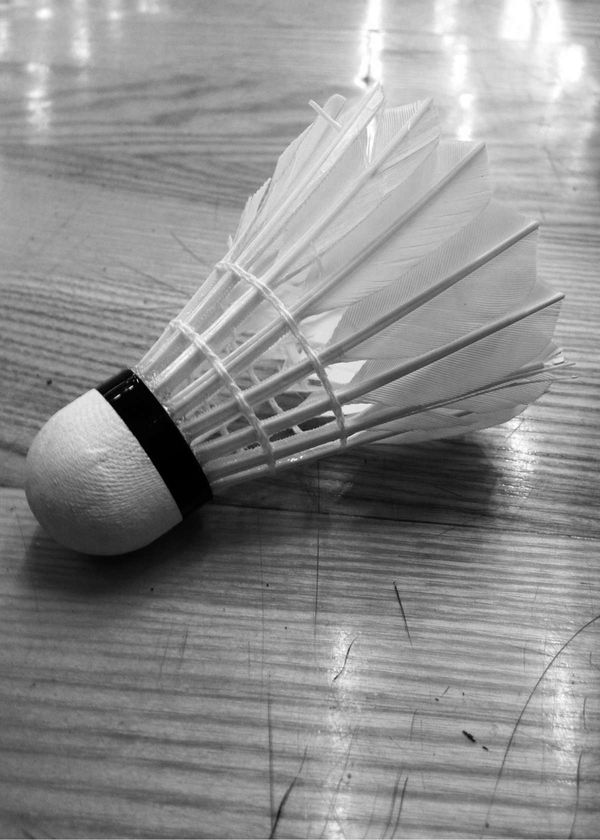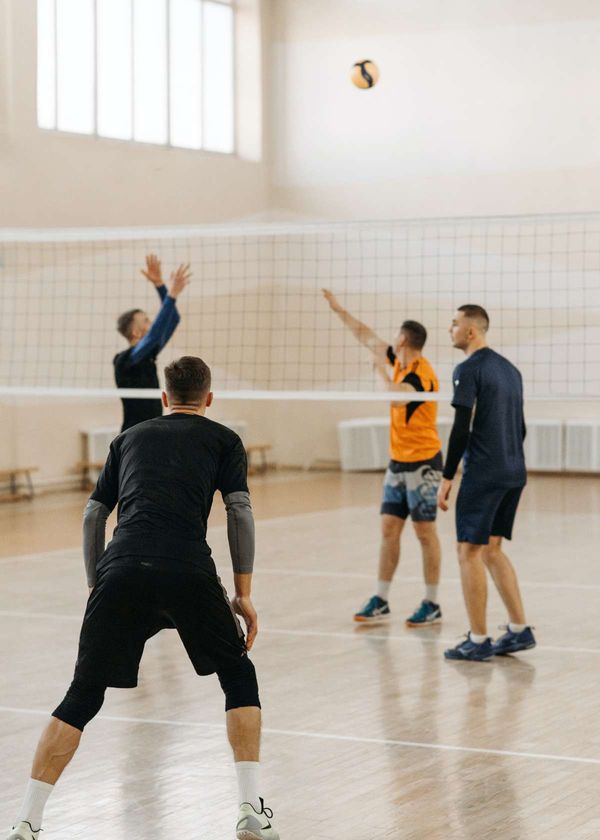Volleyball can be a very dynamic and fast-paced sport. Every player on the court must be constantly moving, ready for the next play. One essential skill that volleyball players must master is the dig.
But, what exactly is a dig, and how do you do it? If you're a beginner, don't worry! This article will explain everything you need to know about digs.
What is a Dig?
First, let's define what a dig in volleyball is. A dig is essentially a defensive play that occurs when a player prevents the ball from hitting the ground after an opposing team's attack attempt.
Essentially, a dig is a way to keep the ball in play and give your team a chance to make a play of their own.
When making a dig, a player typically drops to the ground in order to contact the ball with their arms or hands. This technique is used primarily to defend against spikes or a hard-driven ball, but it can be used in other situations as well.
What is the Benefit of Getting a Dig in Volleyball?
Getting a dig in volleyball is one of the most important defensive plays in the game. It's considered a basic skill that every player should master, regardless of their position on the court.
A successful dig can prevent the opposing team from scoring a point and give your team a chance to regain possession of the ball. Additionally, a volleyball player who is able to consistently make effective digs can be a valuable asset to their team and earn the respect of their peers and coaches.
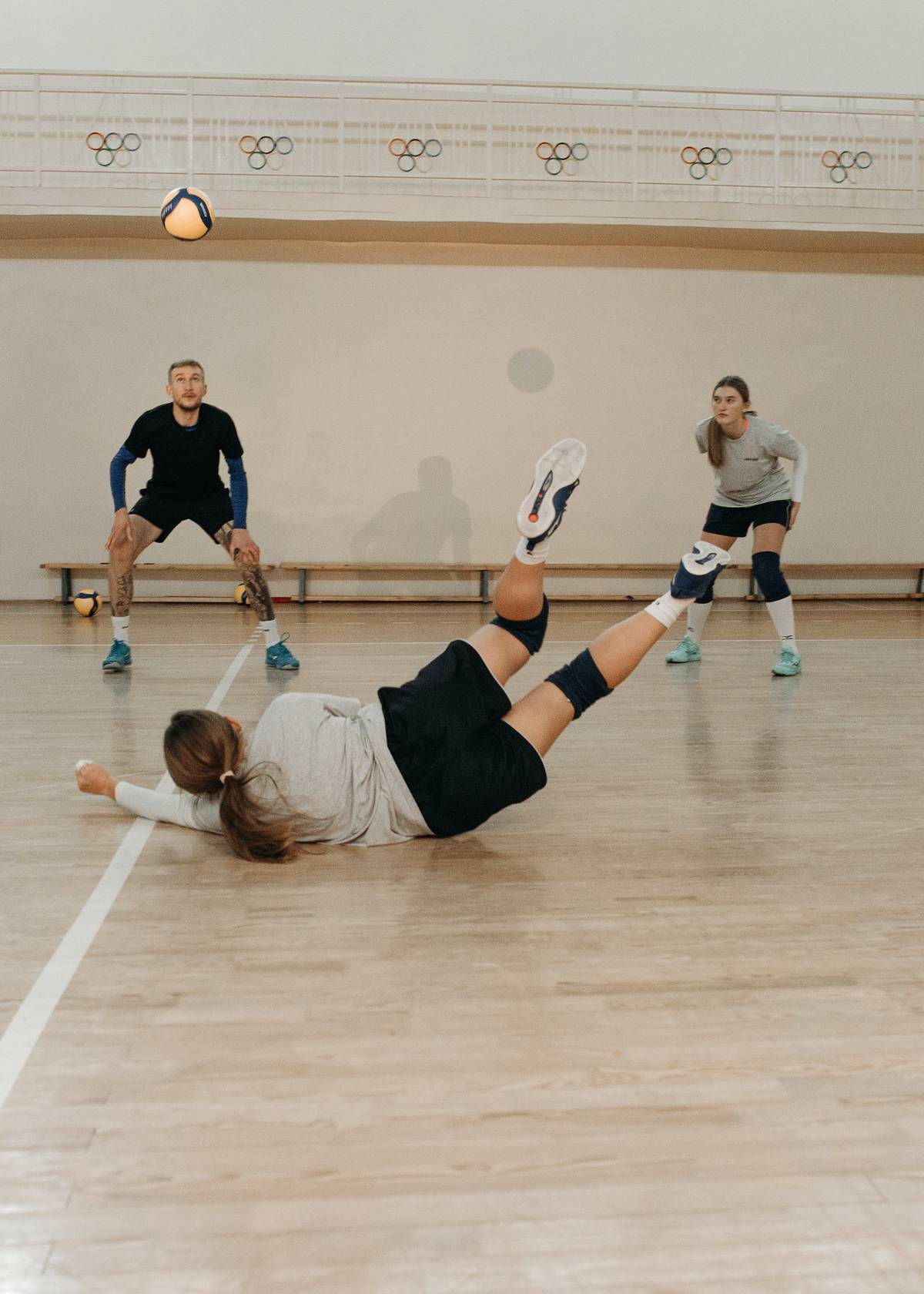
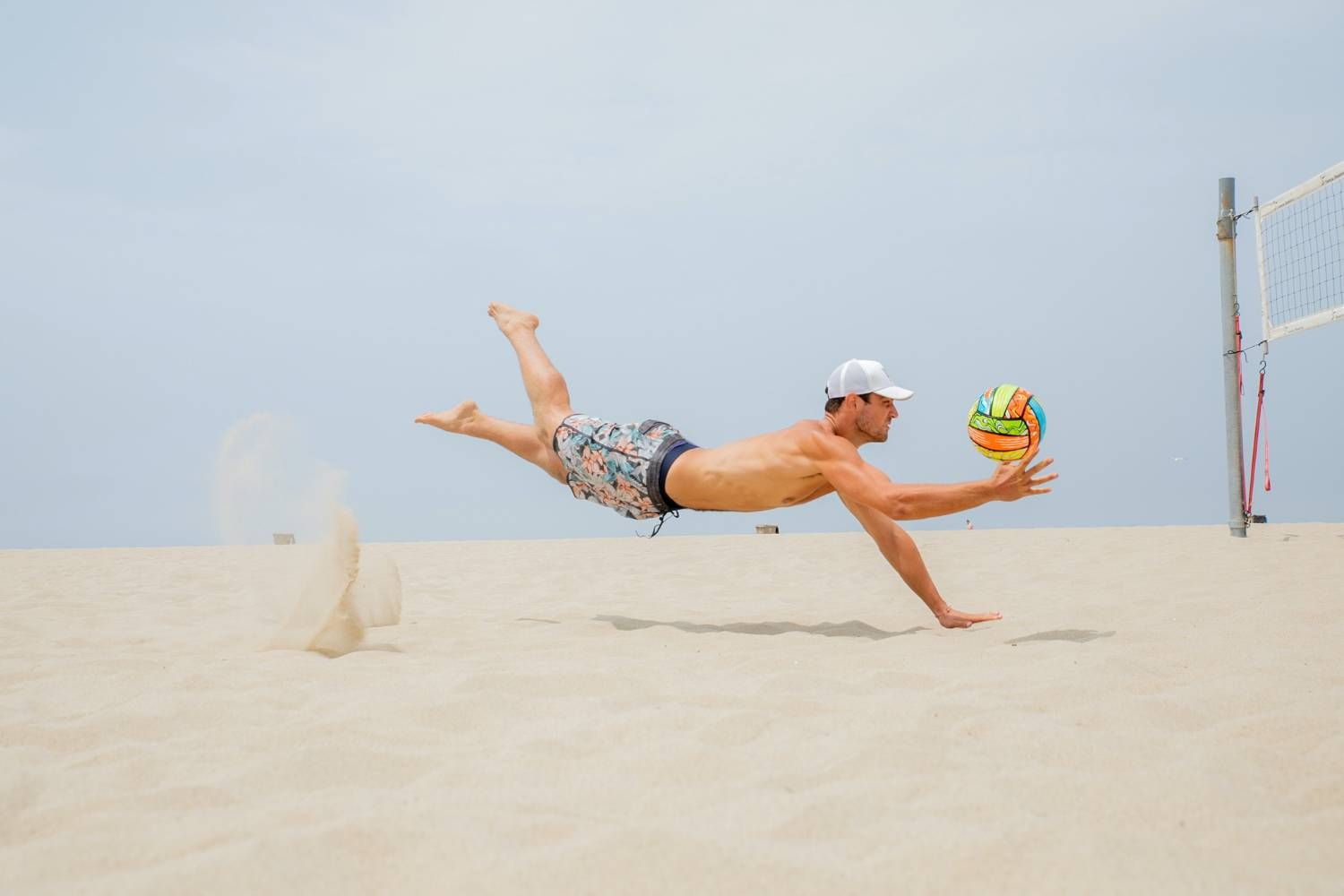
How to Make an Effective Dig
Making an effective dig in volleyball requires a combination of skill, technique, and practice. Here are some tips to help you improve your digging ability:
Anticipate the ball
One of the keys to making a good dig is being able to anticipate where the ball is going to go. By watching the hitter, you can predict the trajectory of the ball and adjust your position accordingly.
This requires a combination of quick reflexes, good court awareness, and the ability to read your opponent's movements. You also need to be patient and wait for the ball to come to you. Don't reach out for the ball or try to force it upward. Instead, let the ball come to your platform, and then control it with your arms.
Get in position
Once you've anticipated where the ball is going to go, you need to get in a ready position to make the dig. To perform a dig, you must be in a low, athletic stance with your knees bent, center of gravity low, and weight evenly distributed on your feet.
This means moving quickly to the spot where the ball is likely to land and getting your body into the proper position. When the ball is coming toward you, you should begin to move parallel to it, using your platform. A platform is your forearms and hands positioned together in front of your body. You want to angle your forearms so that they create a flat surface for the ball to bounce off of.
Use your legs
Another important factor in successfully performing a volleyball dig is footwork. When making a dig, it's important to use your legs to generate power and momentum. This will help you get low to the ground and move quickly to the ball.
You must be quick and agile, moving to the ball while keeping your balance. The foot closest to the ball should be forward, with the other foot behind and slightly to the side. This position allows you to move in any direction quickly, depending on where the ball goes.
Keep your eyes on the ball
As you're making your dig, it's crucial to keep your eyes on the ball at all times. Once you know the ball's trajectory and you are in position, keep your gaze on the ball as you move toward it.
Keeping your focus on the ball and tracking it as it comes off the opponent's hand will help you in positioning yourself better for the dig. This will help you make better contact with the ball and ensure that it goes where you want it to go.
To do a successful dig, you must be quick on your feet, with your knees slightly bent, and you must lean forward with your eyes on the ball. By maintaining focus on the ball, you'll have a better chance of making consistent and impactful digs. When you contact the ball, you should push it upward and toward your intended target.
Follow through
Finally, it's important to follow through on your dig by extending your arms and wrists and pushing the ball toward your teammates. This will give them a better chance to make a play of their own.
A successful dig includes a strategic follow-through that enables the team's defense to transition the ball into an attack opportunity.
For your dig to be complete, you must finish the motion correctly. Extend your arms and wrists toward the target where you'd like the ball to go. Following these techniques will ensure that your dig is on target and helps your team set up the next play or score a point.
Practice
Practice is key when it comes to mastering the dig. Diving dig is a crucial move for any volleyball player. It's all about perfecting your technique through practice, practice, practice. You can practice by hitting the ball to a partner, who then practices digs. Start with slow and easy hits, and gradually increase the speed and intensity of the hits.
Work on your footwork, and practice getting into a low, balanced stance quickly. When executed correctly, a dig pass can mean the difference between a missed opportunity and a spectacular save.
As the attacked ball comes your way, remember to keep your body low and your arms extended in front of you. With quick reflexes and proper form, you'll be sure to make an effective dig and amaze your volleyball team and opponents alike.
Conclusion
So, there you have it, a beginner's guide to the dig in volleyball. Remember, the dig is a crucial skill that all players must master to succeed in the sport. It's a defensive technique used to keep the ball in play and give your team a chance to make a play of their own.
By anticipating the ball, getting in position, using your legs, keeping your eyes on the ball, and following through, you can become more proficient at making effective digs.
So, next time you play volleyball, make sure to practice your digs and get ready to wow your teammates with your skills! With practice, you can perfect your dig and become an essential player on your team. So get out there, start practicing, and have fun playing the game you love!
If you're looking for the best volleyball equipment, check out our top picks! We've done all the research for you, so you don't have to!
Be sure to check out our other volleyball and sports & fitness blog posts!
